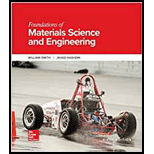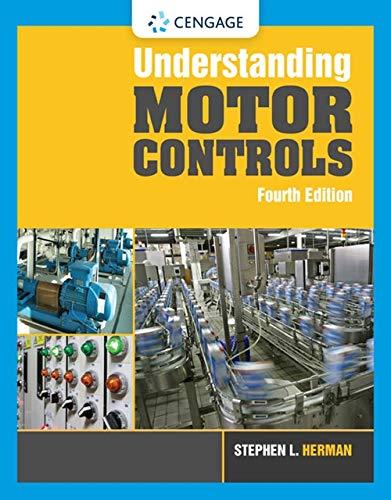
Concept explainers
The density of beryllium oxide
Answer to Problem 73AAP
The density of beryllium oxide
Explanation of Solution
Write the expression to calculate lattice constant of beryllium oxide structure
Here, ionic radius of
Write the expression to calculate mass of unit cell of beryllium oxide
Here, number of atoms and molar mass of
Write the expression to calculate density of beryllium oxide in grams per cubic centimeter
Here, volume of unit cell is
Conclusion:
Substitute
There will be 4 beryllium ions and 4 oxygen ions present in a single unit cell of beryllium oxide.
Substitute
Substitute
Thus, the density of beryllium oxide
Want to see more full solutions like this?
Chapter 11 Solutions
FOUND.OF MTRLS.SCI+ENGR.(LL)-W/CONNECT
- Determine the possible crystal structure of Zinc Blende structure (ZnS), if the radii are as follows Zn+2 = 0.074 and S-2 = 0.184.arrow_forward1) For the HCP crystal structure, show that the ideal c/a ratio is 1.633arrow_forwardHow can we calculate structure factor for "tetragonal, hexagonal and orthorhombic"?arrow_forward
- If the atomic radius of lead, which has an FCC crystal structure, is 0.175 nm, calculate the volume of its unit cell in cubic meters.arrow_forwardIllustrate the difference between crystalline structure and amorphous structure using an examplearrow_forwardin cubic structure Write down the CORRECT plane indices that is perpendicular to the miller indices (002)arrow_forward
- a. For a FCC crystal, list all the planes in the {1 2 1} family. b. Would you expect a family in a face-centered orthorhombic (FCO) crystal to have more or fewer planes than the same family in a FCC crystal? Explain your answer.arrow_forwardIf the atomic radius of a metal that has the facecentered cubic crystal structure is 0.137 nm,calculate the volume of its unit cell (in nm3).arrow_forwardExplain why martensite is hard? What is the crystal structure of martensite? Show the positions of carbon atoms in unit cell of martensite.arrow_forward
- If the atomic radius of a metal that has the facecentered cubic crystal is 0.137 nm , calculate the volume of its unit cell (in nm3)arrow_forwardGiven the crystal plane, give the miller indexarrow_forward1. Titanium has an atomic radius of 147 pm, an atomic weight of 47.867 g/mol, and an HCP crystal structure. Compute for its true density.arrow_forward
 Welding: Principles and Applications (MindTap Cou...Mechanical EngineeringISBN:9781305494695Author:Larry JeffusPublisher:Cengage Learning
Welding: Principles and Applications (MindTap Cou...Mechanical EngineeringISBN:9781305494695Author:Larry JeffusPublisher:Cengage Learning Understanding Motor ControlsMechanical EngineeringISBN:9781337798686Author:Stephen L. HermanPublisher:Delmar Cengage Learning
Understanding Motor ControlsMechanical EngineeringISBN:9781337798686Author:Stephen L. HermanPublisher:Delmar Cengage Learning

